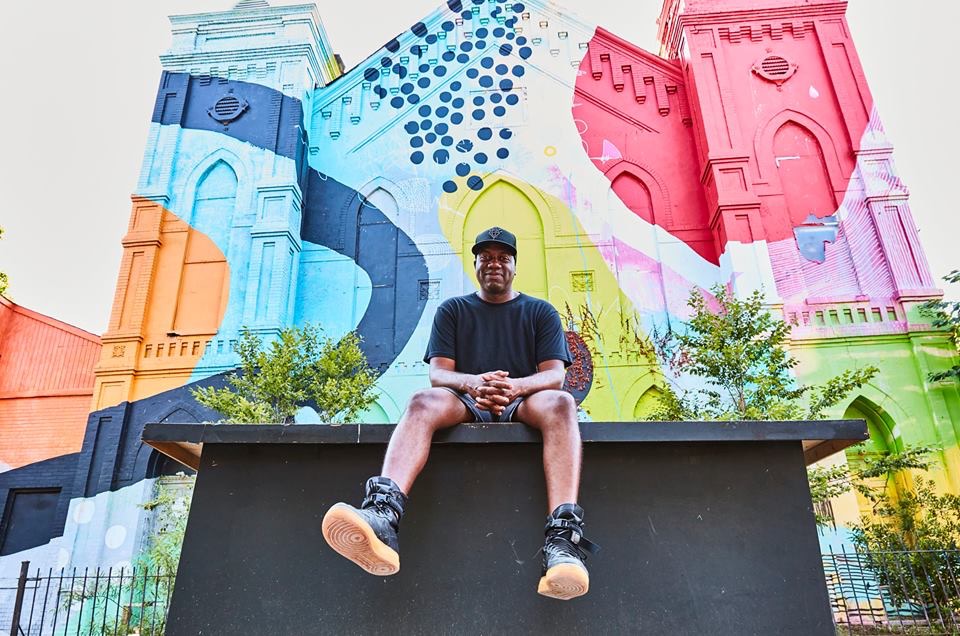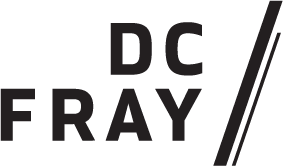Where Culture and Community Collide: Culture House DC

This article first appeared in September’s print edition of On Tap Magazine.
Art without restrictions. Interactive installations with immersive experiences. Structured, well-funded programming. Consistent, tangible support of the local community. These are among the priorities reinforced by the leadership at community arts organization Culture House DC in Ward 6. When three strong voices echo the same sentiment in separate conversations, the shared vision and determination of the nonprofit space’s team become palpable – and worth digging into further.
Culture House DC turns six this month, fresh off the heels of a strategic rebrand that whittled the organization down to a simple, very focused ethos: to house all ideations of culture in an encompassing environment including everything from music, multimedia art and fashion to food and fitness.
“We were inspired by the German concept of a kunsthalle: a place for art but also for creatives and community,” says co-founder Stephen Tanner. “There isn’t a word in the English language like it.”
Tanner, who oversees financial planning for the repurposed historic church, had plans to redevelop the space in 2013 but first tried his hand at a short-term art experience with co-founder and executive director Ian Callender. What started as a pop-up in the more than 15,000-square-foot art space – one of several takeovers of abandoned, dilapidated facilities throughout the city to provide community programming – organically developed into a mixed-used, art-centered, long-term development project.
Tucked at the end of a cul-de-sac on Delaware Avenue in Southwest DC, the iconic building is likely one you’ve seen populate your Instagram feed. With bold swirls of color and abstract shapes lining the exterior in its entirety, it forms one bright, cohesive mural. And chances are, you’ve attended an event there too, or at least seen one pop up on Eventbrite. From Swatchroom Co-Founder and artist Maggie O’Neill’s monthlong “Superfierce” event promoting the female art community to TBD Immersive’s In Cabaret We Trust theatre experience – complete with fire performers and burlesque – the experiences housed in the space have been versatile, to say the least.
Tanner and Callender realized from the get-go that there weren’t other spaces like it, and they capitalized on the opportunity.
“It’s rare to have an art experience with this many different components,” Callender says of the building’s sheer size and scale. “We knew that, and we wanted to enhance the art experience with food and music, but really have an environment that encompassed that – especially in this part of Southwest.”
Since then, Callender has worked tirelessly to bring in a range of events to the space – from outside-the-box art exhibits and culinary experiences to private parties and weddings. As a space that relies on funding from the local community while also acting as a space to support that very same community, he built relationships with corporate sponsors to keep the organization on an upward trajectory.
“Culture House wants to be the premier art and events space in Washington, DC. I think we are en route, but we need to make some tweaks to really rightfully claim that title. There’s some things we can do that will really make the venue outstanding.”
Like many labors of love that undergo creative changes, Culture House has evolved with the times. The organization started out as Blind Whino SW Arts Club but switched to just SW Arts Club in 2017 when the connotations associated with “Whino” started limiting the scope of their collaborations. And now, after six years of hosting a vast and eclectic range of events while also creating opportunities for artists to expand their reach and display their works in original ways, Callender and Tanner are ready to streamline their mission and take Culture House DC next-level.
“We’re not looking to move or shift,” Callender says of his growing staff, which now includes resident art advisor Andrew Jacobson, a marketing and PR rep, a culinary team, and more. “We’re looking to build organically from the ground up […] with a newer identity.”
Jacobson joined the team this spring and is focused on increasing funding around exhibits and planning additional events to support and promote them. He believes this can be made possible by pushing Culture House to become a more structured organization where programming is set further in advance.
“If you have solid programming, it’s an all-around win for the organization,” he says.
Jacobson, whose background includes art curation, music production and involvement in huge art fairs like Art Basel, sees a wealth of untapped potential for the space and is eager to put those plans into motion.
“Culture House wants to be the premier art and events space in Washington, DC. I think we are en route, but we need to make some tweaks to really rightfully claim that title. There’s some things we can do that will really make the venue outstanding.”
Chief among his priorities is pursuing more interactive, thematic installations that can directly serve the community, especially underserved segments, that are right around the corner from the space. And he’s off to a great start, with a two-month exhibit from DC-based conceptual artist Maps Glover opening at the beginning of September. “Save The Seed” offers an interactive experience for audiences to “share and exchange stories and evaluate the value of the soul,” and is built around the artist’s vision of a black seed as a metaphor for the black soul.
Callender views Glover’s show as an artistic vehicle for utilizing Culture House’s space in ways that people haven’t seen, and to get more immersive and integrate unique experiences into the art.
“Maps, from what I’ve seen, has an ability to really articulate that conversation,” Callender says. “That’s what excites me the most: to be able to have a space where [artists] can get creative without any restrictions. I think this particular show will achieve that.”
He’s looking five steps ahead – way past the show being mounted and opening – to artist talks, panels, receptions and other opportunities for expanding “Save The Seed” and making the exhibit as multidimensional as possible.
“[We can] make it not just singular in its approach [by] taking advantage of the space and knowing this will be [Glover’s] home for the next couple of months. If it’s your home, what would you do at home? Invite your people into your home. I’m very excited to see what he has to offer.”
Looking ahead, Callender is envisioning other exhibits that move beyond utilizing just four walls to all six, where the ceiling and the floor also become part of the composition. At the top of his wish list is commissioning an artist to paint a basketball court in Culture House’s expansive upstairs space, and then installing a basketball-centric exhibit. And because the building is the organization’s best canvas, Callender and his team are considering a new iteration of the exterior’s mural – or maybe even just painting Culture House white and inviting people to throw paint balloons at its walls.
Though the façade might change and the scope of programming might narrow, one aspect of Culture House has remained intact since day one: supporting the artists and the surrounding community.
“This is always our goal,” Tanner reiterates. “We do this by making most events free of charge, with a suggested donation. With the community’s help and generosity, and with the city realizing how we support community, we can continue providing experiences and access like we’ve been doing for six years.”
Jacoboson shares this ethos, stressing the importance of raising more funds for Culture House’s no-commission art exhibits.
“[We can] make it not just singular in its approach [by] taking advantage of the space and knowing this will be [Glover’s] home for the next couple of months. If it’s your home, what would you do at home? Invite your people into your home. I’m very excited to see what he has to offer.”
“Without money, you can’t do the right type of programming. You can’t get the right type of artists. You’re throwing things together at the last minute and hoping they stick. That’s not the way that you implement strong, consistent programming and without that, we can’t serve the community. I have a social and a moral obligation to support things that are going to contribute to the betterment of the community. With more help on that front, we can do a lot more.”
Their resounding commitment to functioning as a true community arts space is only reinforced by the third and final voice of Callender.
“It’s imperative for us to support [our artist community] in nontraditional ways – not just buying art but giving them a platform so that they can do what they do best. Community can mean so many different things to a person, but at the end of the day, it’s all communal. Culture can mean so many different things to a person, but at the end of the day, it’s all a singular node. There should always be a place where culture and community collide. Culture House is where culture meets community.”
Maps Glover’s “Save the Seed” exhibit runs at Culture House through September and October. Follow Culture House on social media @culturehousedc and learn more about upcoming events, including a soon-to-be-announced sixth anniversary party, at www.culturehousedc.org.
Culture House DC: 700 Delaware Ave. SW, DC; 202-554-0103; www.culturehousedc.org
Planning a visit to Culture House DC? Show us your favorite artworks at the spot by using the hashtag #FrayLife on social media.
Find more On Tap articles here.
DC’s September is full of art events including the Kennedy Center’s REACH Opening Festival.
GET OUR WEEKLY EMAIL »

